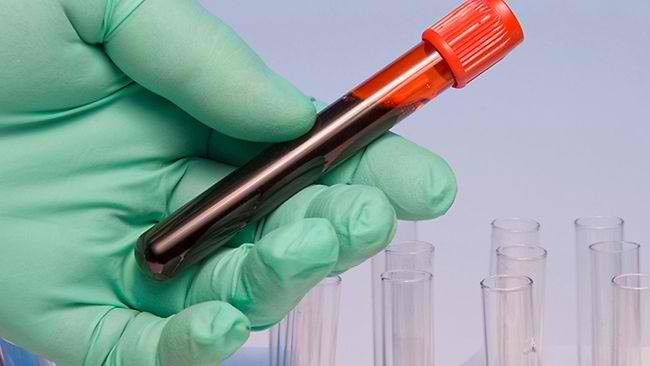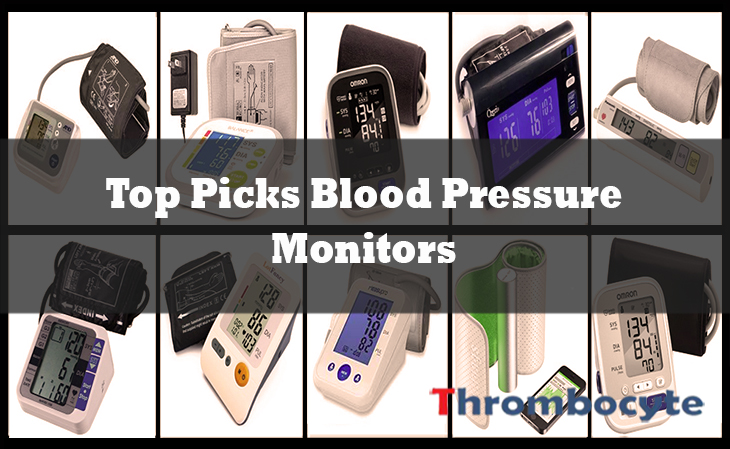Complete blood count with differential (CBC) is a collection of blood tests that is performed to identify illnesses such as infections, anemia, leukemia, and other disorders that affects the blood. The test is focused on acquiring multiple health information from a given blood sample.
Using CBC, number and components of the blood, including red blood cells (which carry oxygen) and white blood cells (which help fight infection), is determined. The white blood cell (WBC) count is a measure of WBC levels in the blood while the RBC count is a measure of RBC levels.
An increase in the amount of white blood cells indicate that the individual has developed a response to infection and may be experiencing inflammation. On the other hand, few red blood cells indicate an underlying anemic condition and high red blood cells may suggest potential blood flow difficulties.
CBC with Differential/Platelet
Other important information that can be identified in a complete blood count examination is the variation in size of the red blood cells, the percentage of red blood cells in a certain volume of whole blood, hemoglobin value in the red blood cells, and of course, platelet count.
The average size of the person’s red blood cells and the mean corpuscular hemoglobin are some other important aspects of the blood that can be observed through CBC examination.
The CBC test may also be required by the doctor if there is suspicion of blood disorder, or if the patient is exhibiting symptoms such as unusual bleeding or bruising, signs of infection or inflammation, and persistent weakness and tiredness especially when the doctor suspects that it may be caused by anemia.
The test may also be performed as a routine check-up procedure by the doctor or serves as a way to check whether certain medications are effective. CBC with differential/platelet is important in different ways. Some of them are discussed below.
1. Overall health status
Complete blood count (CBC) is usually done to monitor the overall health status of an individual as part of a regular medical check-up procedure as requested by doctors for their patients.
An individual doesn’t have to be sick or suffering from any blood-related medical condition in order to undergo a CBC test.
The procedure can help people become aware of their blood vitality, count levels, and possible indicators that may need further medical attention.
2. Useful in blood transfusion
CBC with differential/platelet can also be used for the purpose of gathering data that will be helpful in the plan of treatment for patients needing blood transfusion.
In these situations, the individual have to undergo regular monitoring of specific blood counts for the whole day. The transfusion of blood components will be planned based on the results of the CBC test.
Multiple blood counts or blood draws in a day is considerably an excessive practice of phlebotomy that can result to unnecessary transfusions. This treatment approach can certainly be outside the guidelines of clinical practice.
3. Screening for diseases
The test will also be useful in ruling out medical conditions. In platelets for example, the test will show the size and the number of platelets present in the blood.
Normally, the blood has a platelet count ranging from 150,000 to 450,000 per liter of blood. Any amount of platelets lower than 150,000 or more than 450,000 may indicate the need for medical attention.
Low blood platelet count is a condition known as thrombocytopenia, while increased levels of blood platelets is known as thrombocytosis.
- Mohammad Madjid, MD, MS & Omid Fatemi, MD (2013). Components of the Complete Blood Count as Risk Predictors for Coronary Heart Disease.
- Juthatip Chaloemwong, Adisak Tantiworawit, Thanawat Rattanathammethee, Sasinee Hantrakool, Chatree Chai-Adisaksopha, Ekarat Rattarittamrong, & Lalita Norasetthada (2018). Useful clinical features and hematological parameters for the diagnosis of dengue infection in patients with acute febrile illness: a retrospective study.
4. Platelet production and destruction inferences
Mean platelet volume (MPV) measures the average size of platelets in the blood. The average blood platelet size is usually larger when the body produces more platelets.
MPV results can be used to make inferences on the production of platelet in the bone marrow as well as the destruction of platelets.
MPV is high when platelets are destroyed as seen in medical disorders like inflammatory bowel disease, Bernard-Soulier syndrome, immune thrombocytopenic purpura (ITP), and myeloproliferative diseases. Irregular test results may also be related to pre-eclampsium.
5. Monitor the effects of drugs on the blood
Some drugs are associated with a reduced number of platelets in the blood. Such drugs include some antibiotics (including those containing sulfa), aspirin and ibuprofen, H2-blocking agents, hydralazine, colchicine and indomethacin, isoniazid, quinidine, thiazide diuretics, and tolbutamide.
Reduced levels of platelets can be suggestive to the use of these drugs. The patient will be advised the use of alternative drugs to mitigate the effects of reduced platelet count.
6. White blood cell (WBC, leukocyte) count
White blood cells carry the role of protecting the body against infections. When a person is suffering from a bacterial infection, the number of white blood cells, results to increased levels. In this case, the platelets are also expected to increase proportionally due to a role in inflammation.
The amount of cells can be used to determine the presence of an infection. In some cases, it is also used to evaluate response of the body in dealing with cancer treatment.
7. White blood cell type (WBC differential)
The immature specific type of the WBC called band neutrophils are also part of the CBC test. Neutrophils is the mature and most abundant type of WBC.
The number of band neutrophils or stab cell communicates important information about the immunity and the ability of the body to react to injury.
8. Red blood cell (RBC) count
Red blood cells take oxygen from the lungs to the other parts of the body. The delivery of oxygen happens through the circulatory system.
The presence of RBCs aids the functionality of body tissues. It also affects the normal blood clotting process of platelets.
If RBC count is very high (polycythemia), it indicates a thicker blood that can block the movement of platelets to injured surfaces and likely results to improper clumping together of the blood component. In some instances, suffocation or increased bleeding may occur.
The MCHC values in the blood test indicate the concentration of hemoglobin in red blood cells. While the MCH is the amount of hemoglobin in red blood cells. These figures help in the diagnosis of the types of anemia.
9. Hematocrit
The CBC test also measures the volume that red blood cells take up in the blood. This value is provided as a percentage of the given volume of blood.
Hematocrit values indicate the blood’s ability to transport oxygen as determined by the percentage of the RBCs in the blood where it’s normally 45% in males and 40% in females.
10. Platelet indices
This is measured by a machine where the values actually indicate a group of derived platelet parameters. Besides measuring MPV that shows the size of the platelets, platelet distribution width (PDW) is also determined, to identify if the platelets are all of the same or different sizes.
Platelets are the smallest of the blood cells. They are primarily useful in the process of blood clotting. In the presence of injury to a blood vessel, the platelets swell, clump together, forming a sticky plug that functions to stop the bleeding.
If the number of platelets is below the normal minimum level, uncontrolled bleeding may occur. While overproduction of platelets forms the possibility to develop formation of abnormal blood clots.
It’s always important to undergo CBC with differential/platelet to monitor any changes from normal levels. This will be very helpful in the diagnosis and treatment of any underlying medical condition.
- READ MORE




